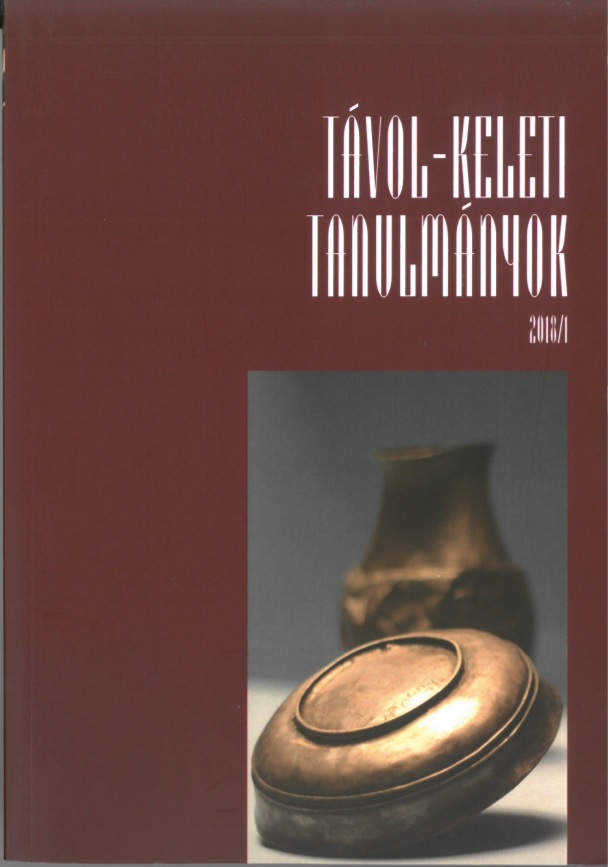Megjelent 2019-03-30
Kulcsszavak
- gyógyítás,
- orvostörténet,
- japán folklór,
- Tokugawa kor
Hogyan kell idézni
Copyright (c) 2019 a szerző(k)

This work is licensed under a Creative Commons Attribution-NonCommercial 4.0 International License.
Absztrakt
The present paper is a brief overview of the historical origins of healing in Japan. In the past, the outbreak of a disease was usually attributed to the influence of higher spiritual forces. Views on disease and healing were traditionally influenced by a variety of factors. On one hand, views on life and afterlife reflected in popular beliefs defined the way disease was approached. On the other hand, Chinese knowledge of the human body and its ailments penetrated Japan as early as the Heian period. During the Tokugawa period spiritual approaches to healing were increasingly combined with more modern views of the body and official healers and practitioners started to exercise a growing influence on the attitudes of people towards healing and illness. The present paper introduces some of the most significant milestones in the development of these attitudes through an overview of popular spiritual figures and deities of healing, and of historical sources documenting the evolution of official medicine.

